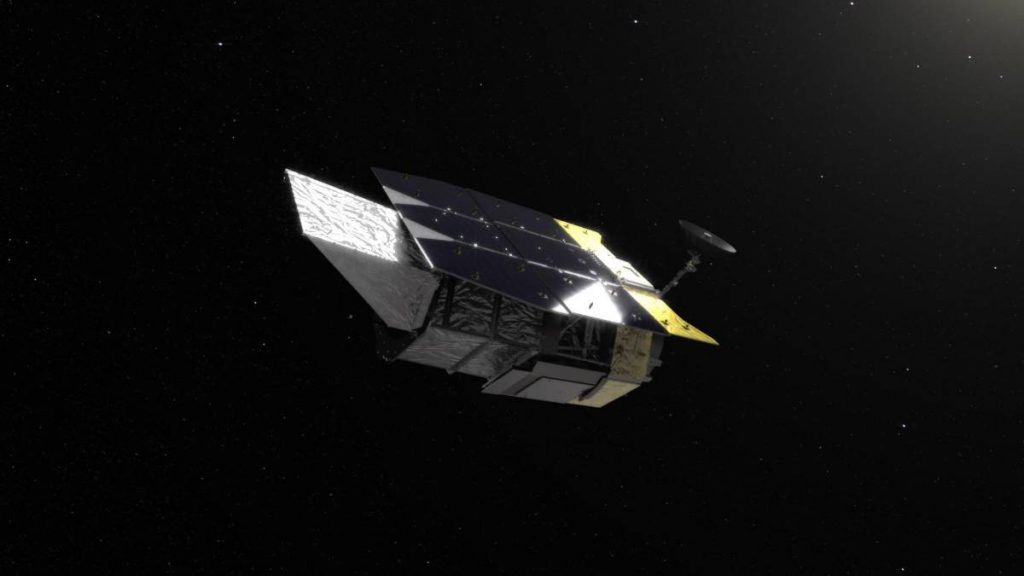University of Hawai‘i scientists part of $11M grant to design software for space telescope

A University of Hawaiʻi astronomer is co-leading a team that was recently awarded $11 million to develop critical tools for NASA’s trailblazing Nancy Grace Roman Space Telescope.
The telescope – designed to search for exoplanets and do groundbreaking cosmology – is set to deploy by 2027. It will focus on the search for planets as well as aim to unravel the secrets of dark energy and dark matter, and explore infrared astrophysics.
David Rubin, an assistant professor in the University of Hawai‘i Mānoa Department of Physics and Astronomy, and his team will design software needed to process observations of thousands of supernovae or exploding stars that Roman is expected to discover, helping to measure and explain how the universe has expanded and evolved.
The telescope’s primary mirror is 7.9 feet in diameter—the same size as the Hubble Space Telescope’s mirror; however, each image will capture an area more than 100 times larger and in less time.
“Roman will revolutionize our understanding of the universe with its unprecedented volume and quality of data. But with all that data comes strict requirements on the accuracy of the software. That makes for an exciting project, but it is also intimidating,” said Rubin.
Roman is expected to peer farther into space than ever before and will rely on Rubin’s team, co-led by Dan Scolnic (Duke University), Rebekah Hounsell (NASA Goddard) and Ben Rose (Baylor University), to create a suite of tools to process the raw data collected by the telescope. Co-investigator David Jones, an assistant astronomer at the University of Hawai‘i Institute for Astronomy will also contribute to the enormous tasks of building the data processing tools and the supernova analysis pipelines in advance of the mission’s start.
Roman’s primary camera, the Wide-Field Instrument, will measure light from a billion galaxies throughout the course of its lifetime. The team will make improvements to NASA’s latest software that calibrates the data at the level of individual pixels, to pipelines for measuring the brightnesses of objects and how they change throughout time. They are tasked with ensuring Roman can make the highest-precision measurements possible.
Rubin’s team will also produce model catalogs of supernovae that the mission is expected to observe, to develop and test the software. Observations from Roman will pinpoint these supernovae; however, as with many space missions, the best science requires adding other kinds of data from ground-based telescopes.
The Subaru Telescope on Maunakea will be used to provide additional monitoring of the Roman sky, and detailed spectra of the most interesting targets to provide insight into their properties.
“I’m most excited about the possibility of real-time overlap with the big optical imagers (which would increase the cadence and wavelength range of the survey) and highly multiplexed spectroscopy with the new Subaru Prime-Focus Spectrograph,” explained Rubin. “Subaru is pretty unique and is a strong justification for having a large amount of the survey visible from the northern hemisphere.”
Sponsored Content
Comments







